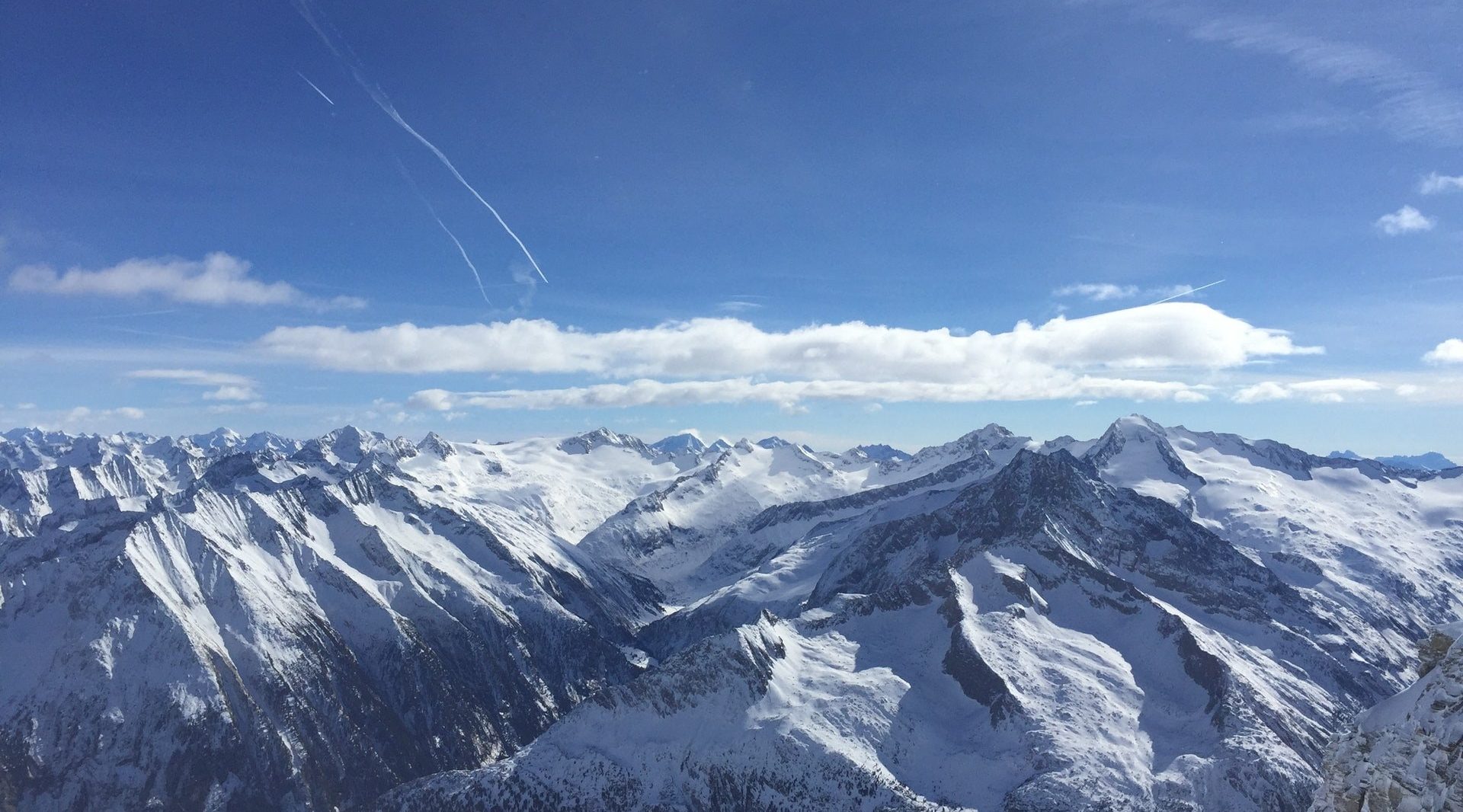Jun 4, 2019
Innovative ceramic fiber composite materials with high thermal and corrosion stabilities
Life Sciences, Physical Sciences, Material
- Superior ceramic fiber prepregs for high-temperature stable materials
- Prepregs storable without climate control, reversible drying process
- Little to no volume shrinkage during sintering
Your contact
Dr. Rebecca Kohler
- E-Mail:
- rkohler@baypat.de
- Phone:
- +49 (0) 89 5480177 - 33
- Reference Number:
- B74087, B76032
Factsheet
Download Tech Offer (PDF)Challenge
Ceramic fiber composite materials are highly coveted for applications where resistance to extreme temperatures and heat shocks is essential, e.g. for jet nozzles and other industrial furnace or oven parts. For simpler storage and automated processing, pre-impregnated fiber preforms (“prepregs”) are widely used. Prepregs can be prepared flat in a bulk industrial process and are then shaped directly before drying and sintering which sets the final shape.
A general limitation with ceramic fiber prepregs is their challenging storage. Normally, cooled humidity chambers are necessary for storage, and once dried, a prepreg loses its moldability and must be discarded. Many prepregs are not storable at all and must be processed right after infiltration. Additionally, in order to achieve the aspired material properties, many processing routes require multiple infiltration cycles of the composite.
Innovation
The innovation comprises a new process for the production of prepregs for ceramic fiber composites from a water-based ceramic slurry. The resulting impregnated fiber mats show a high flexural resistance and can easily be molded into technical components of a broad range of shapes and sizes. Important advantages of the inventive prepregs are:
- Fast manufacturing route: <36h from slurry preparation to sintered product
- Long shelf life, no climate chambers necessary
- Reversible drying process
- Little to no volume shrinkage (<1%) during sintering
- Defined re-moistening allows molding even months after prepreg production
- High adhesiveness of the slurry to the fiber support
- Variable additives allow fine tuning of porosity for different applications
- No additional infiltration cycles needed - Material ready for use after one sintering step
- Different matrices (Al2O3, Mullite, YAG, etc.) allow wide range of material properties
- Wall thickness ranging from less than 1mm to 10 mm and more
Commercial Opportunities
The innovative ceramic fiber composite materials are especially suitable for applications that require extreme temperature resistance up to 1200 °C, heat shock stability and a damage-tolerant fracture behavior. Examples for such applications are:
- Industrial furnace parts for combustion environment, e.g. jet nozzles
- Industrial oven parts , e.g. oxidation resistant supports or charging racks
- Thermal-shock stable lightweight materials
- Heat shields
Development Status
Established method on a laboratory scale


